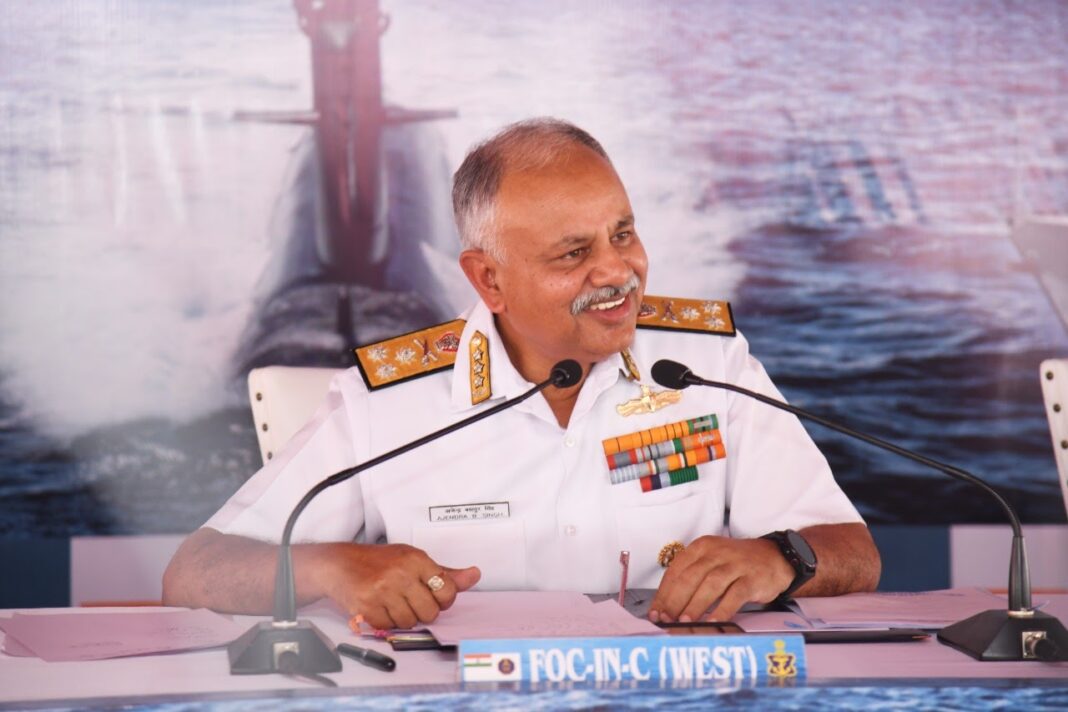As Vice Admiral Ajendra Bahadur Singh, PVSM, AVSM, VSM, AD, Flag Officer Commanding in Chief Western Naval Command, Indian Navy hangs his boots, here is an interview with Delhi Defence Review’s Chandrashekhar Bhattacharyya
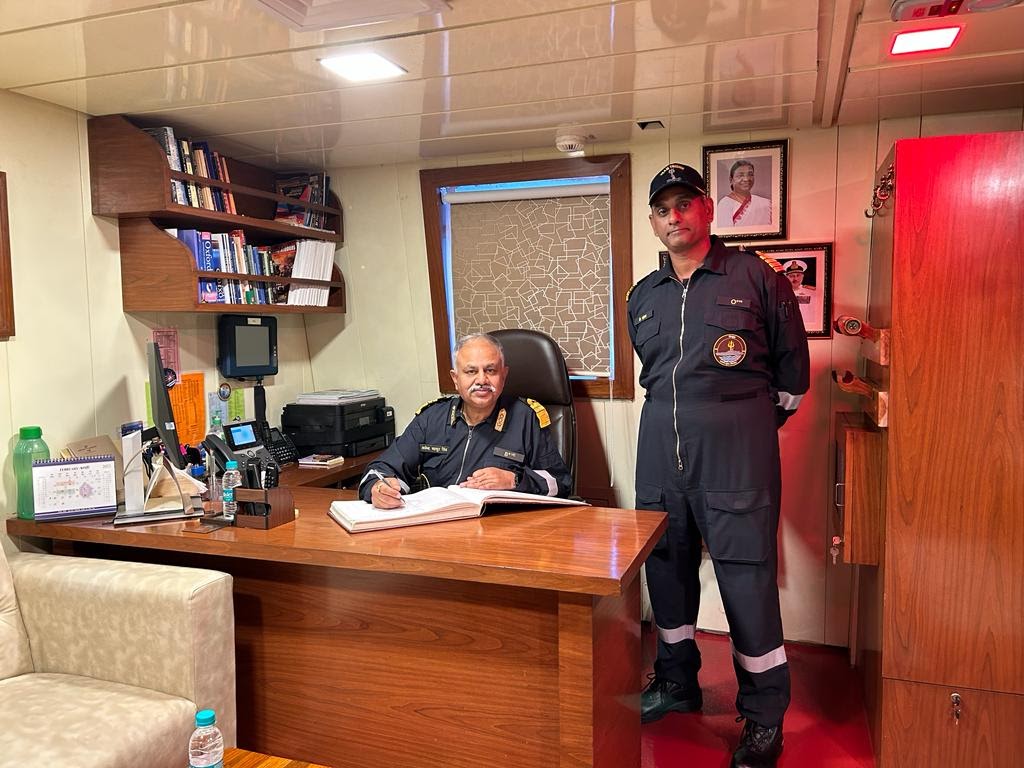
Q 1. As you hang your boots and baton, please share with us your thoughts on the growth of the Navy and some of the highlights of your career, as you look back at the last 40 years in the Indian Navy.
The last 40 years in the Navy have been a journey of learning, growth, commitment, hardwork and contributions towards the betterment of our nation, our navy and its personnel. I am indeed fortunate that I got the opportunity to command 4 frontline ships of the Indian Navy, viz. INS Veer, Vindhyagiri, Trishul, and the then only Aircraft Carrier, INS Viraat. I also had the good fortune to serve in 4 tri-service appointments, two of them in senior ranks, thereby providing me a much-better understanding of the three Services as well as our strategic forces.
I have experienced, in fact had a ring side view, of the Navy’s growth into a modern, multi-dimensional ‘combat ready force’ for the future, over the last 40 years. The nation can indeed be proud of what the 75,000 strong Navy has achieved despite limited resources and indigenous technology.
Q 2. You have commanded both the Eastern and the Western Naval Commands of the Indian Navy – at crucial points in time. Some highlights of your tenure – both at Vizag and Mumbai?
The Command of Eastern Fleet, Eastern Naval Command and now the Western Naval Command have been great opportunities to undertake macro-level improvements in all aspects of Navy’s functioning, whether it be operations, operational exercises, materiel support for operational assets, or the admin/ welfare support for our sea-going personnel.
In ENC, the Command made major contributions to the nation’s fight against COVID during the second COVID wave in 2021, while ensuring safety of our own personnel, and without letting the pandemic impact our operational and combat process.
In WNC, we have excelled in every domain possible, be it Long Range Operational Deployments, Azadi Ka Amrit Mahotsav deployments – wherein our ships undertook long voyages to be present on various continents; weapon exercises/ firings, exercises with friendly countries/ navies, or conduct of mega events such as the DEFEXPO at Gandhinagar, Commissioning of Mormugao, Vagir and INAS 316, as well as a host of other events and activities.
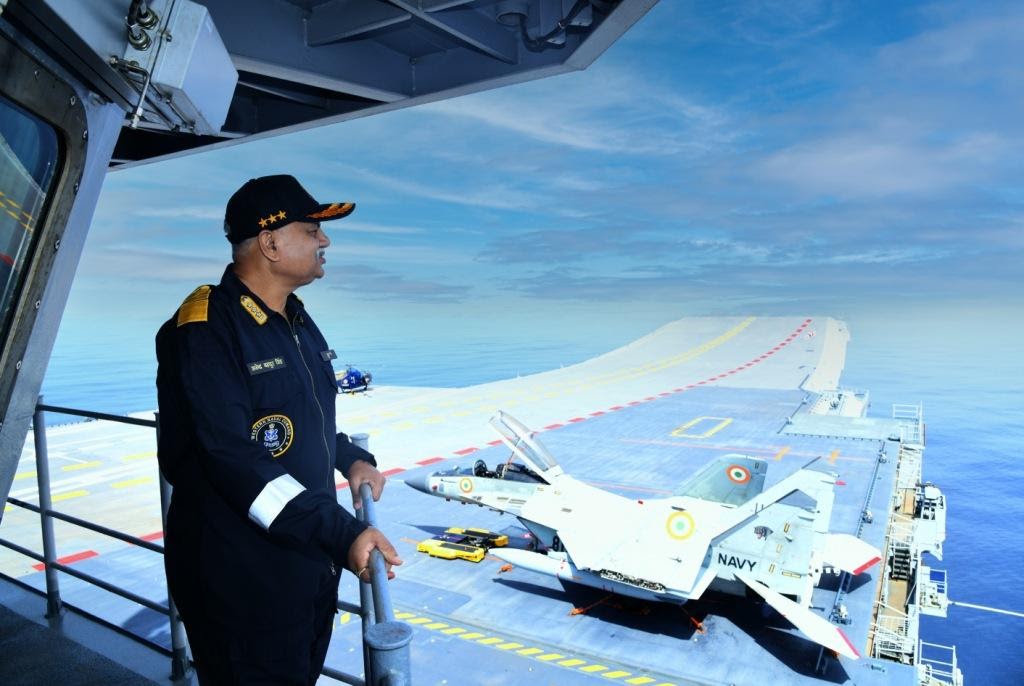
Q 3. PLA Navy (PLAN) activity in the Indian Ocean Region (IOR) has witnessed a spike in recent years – what are some of the deterrent measures adopted by the Indian Navy to thwart PLAN’s nefarious designs in this part of the world?
The Chinese PLA Navy, which we call the CCP Navy, had initially started deploying its ships in the IOR as part of Anti-Piracy Task Force (APTF) in the Gulf of Aden (GoA) in late 2008 to tackle the growing menace of piracy that had disrupted the merchant traffic. China has since then maintained a continuous naval presence in the region under the garb of continued anti-piracy operations, and also opened its first overseas military support base in Djibouti in 2017. China also acquired the Hambantota port in Sri Lanka on a 99 years lease, to further gain a foothold in the IOR. Though China has maintained that its naval deployment in IOR is primarily to ensure security to its merchant shipping, patterns of its deployment raise suspicion over is true intention. Recently, it has emerged that the number of merchant ships that the Chinese Anti-Piracy forces escort over extended periods is next to negligible.
The Indian Navy has been actively monitoring all Chinese naval activity by undertaking continuous surveillance across the IOR and is committed to deploy requisite assets in the region to maintain stability as well as to provide flexibility and manoeuvring space necessary to maintain its advantage.
Some deterrent measures that the Indian Navy has adopted to thwart the CCP Navy’s growing presence in the IOR include:-
(a) Enhanced Surveillance. The Indian Navy has increased its presence and patrols in the Indian Ocean region, which includes the Bay of Bengal, the Arabian Sea, and the Andaman Sea. The Navy deploys aircraft and ships 24 x 7 to monitor Chinese naval activities and ensure the safety of Indian interests.
(b) Joint Exercises/ Cooperation with Friendly Navies. The Indian Navy regularly conducts joint exercises with friendly navies, such as the US Navy, the Japanese Maritime Self-Defense Force, Royal Australian Navy, the French Navy, navies of West Asia, SE Asia and many more, to increase inter-operability as well as to facilitate greater overall cooperation in the region.
(c) Anti-Submarine Warfare. The Indian Navy has enhanced its anti-submarine warfare capabilities to counter the growing submarine threat from the PLA Navy. The Navy has upgraded its submarine-hunting aircraft and has invested in new ships equipped with modern sonars (both fixed-dome sonars & the Active Towed Array Sonar) and torpedo systems.
(d) Network-Centric Operations. The Indian Navy has adopted a network-centric approach to improve its overall situational awareness and enhance its ability to respond to potential threats. An International Fusion Center for the IOR (IFC – IOR) has been established at Gurgaon. The Navy has invested in advanced communication and information systems to ensure seamless coordination between its ships, aircraft, and shore-based assets.
(e) Strategic Partnerships. The Indian Navy has developed strategic partnerships with regional and extra-regional navies, including those in the Indian Ocean and Southeast Asia, to ensure regional stability and enhance the ability to respond to potential threats and challenges.
Q 4. The Indian Navy has been at the forefront of developing indigenous sources for its capital requirements, and a lot more is being done. Comments on the defence ecosystem?
The Indian Navy has been a ‘Builder’s Navy’ since the 1960s and will continue its capital procurement through the indigenous route, both via the DRDO/ DPSUs route and private sector industries. The Navy has its own Warship Design Bureau and actively engages with the ship building industry for indigenous development of weapons & sensors, as well as for propulsion system controls and auxiliaries. My first-hand long association with the naval budget management, perspective planning and procurement processes has indeed been very satisfactory, as we have been able to make significant progress over the last two decades. Today, we are moving forwards with a very clear plan on maximising the potential of domestic defence industry ecosystem to meet our projected targets in the coming years.
(a) Indigenization of defense production. The Indian Navy has been pushing for the indigenisation of defense production to reduce dependence on imports and enhance capabilities of the domestic defense industry.
(b) Transfer of technology. The Indian Navy has been working to facilitate the transfer of technology from foreign entities as well as the Indian public sector defense entities to the Indian private sector, to increase the competitiveness of the domestic industry.
(c) Encouragement of R&D. The Indian Navy has been encouraging research and development in the defense sector to develop new technologies and capabilities that can be used to enhance the Navy’s capabilities. There are a large number of initiatives that the Indian Navy has made on this front, the most recent being the SPRINT Challenge.
(d) Public-Private partnerships. The Indian Navy has been promoting public-private partnerships to increase private sector participation in the defense sector and enhance the capabilities of the domestic industry.
(e) Skill development. The Indian Navy has been working to develop the skills of the workforce in the defense sector to increase their competitiveness and improve the quality of products and services.
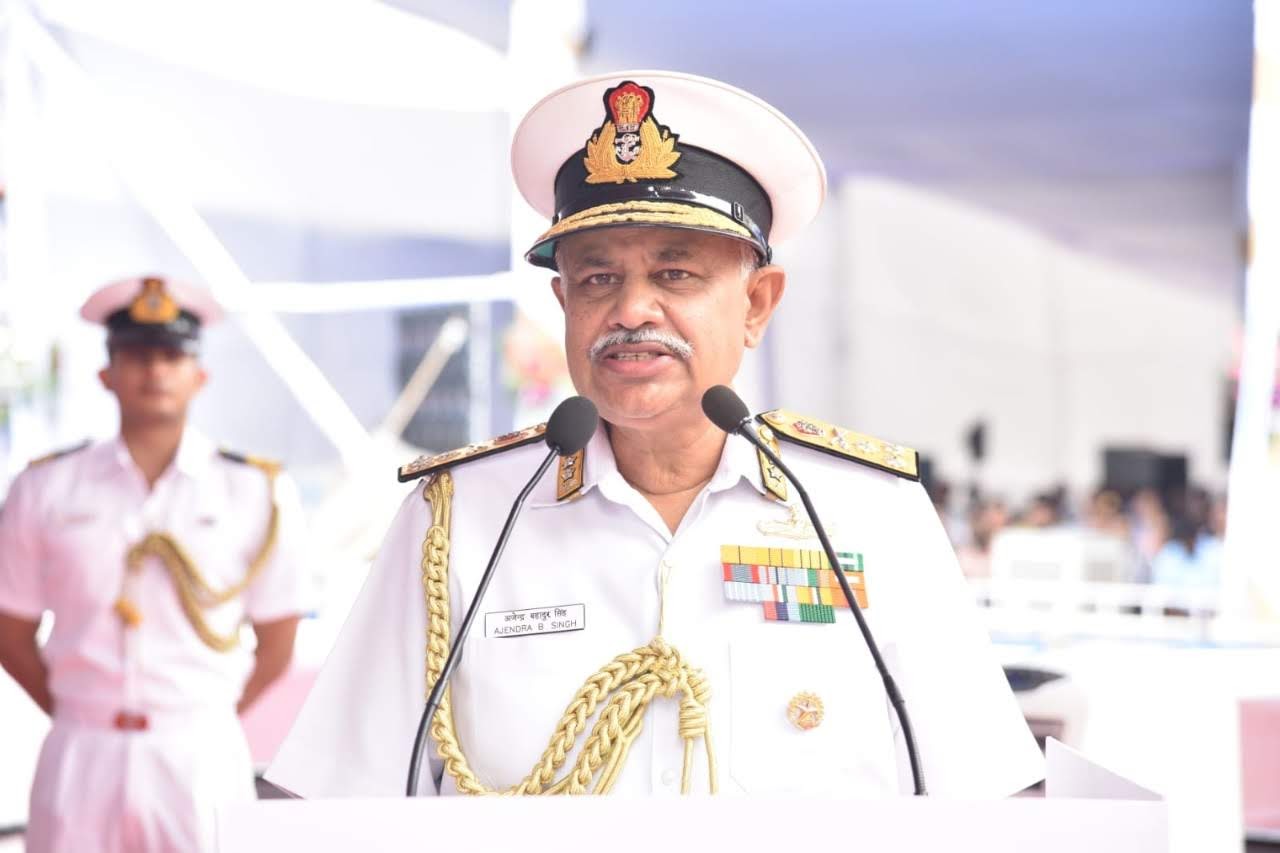
Q 5. What role and timeline does the Indian Navy envisage once the Maritime Theatre Command takes shape?
Integration of Indian Armed Forces through theaterisation is extremely important and vital for optimal employment of forces/ resources, both in war and peace. The study for creation of Integrated Maritime Theatre Command was completed a year ago and submitted to the Department of Military Affairs (DMA) through the Naval Headquarters. Decisions with regard to numbers, contours, areas of responsibilities, etc for each envisaged theatre command are currently being deliberated upon by the DMA in conjunction with study reports of other envisaged theatre commands.
The Indian Navy envisions a key role for itself once the Integrated Maritime Theatre Command (IMTC) takes shape. The IMTC is proposed to have a unified command structure that will bring together all naval assets, maritime air assets, amphibious forces of Indian Army and all resources currently under the Andaman & Nicobar Command, under a single Command, to enhance our overall maritime reach and effect across the IOR. Being the frontline service in the maritime domain, the Indian Navy will play a crucial role in the overall functioning and decision-making processes of the Integrated Maritime Theatre Command.
The timeline for the formation of the Integrated Maritime Theatre Command has not been officially announced. However, I hope it would be set up in the near future.
Q 6. Lastly, what is your message to the Indian people in general and to those who want to and are joining the Indian Navy in particular?
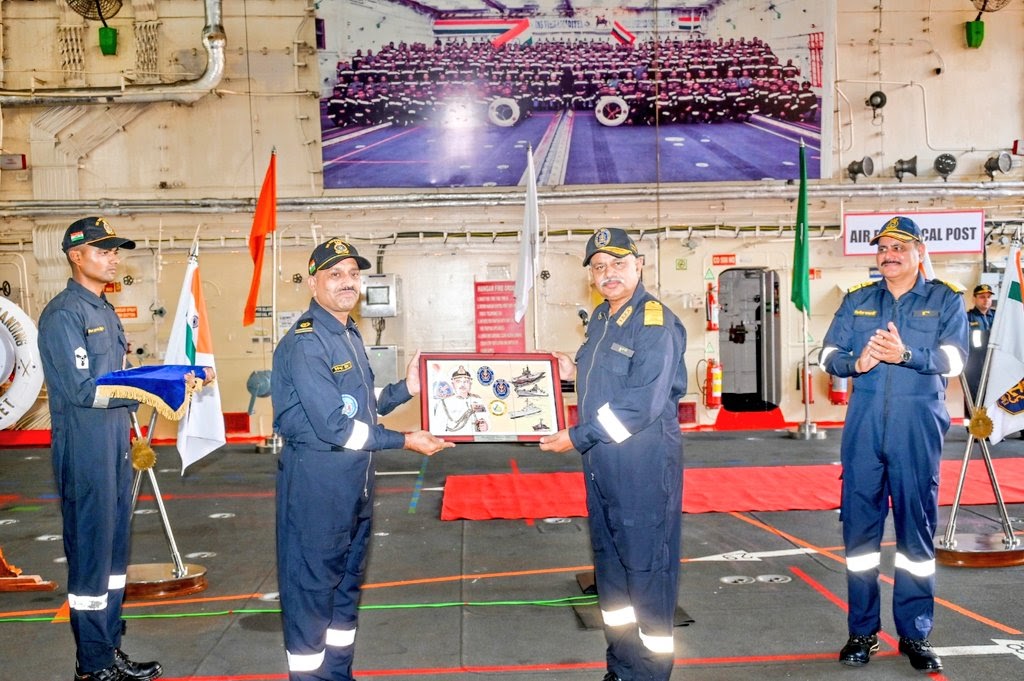
To those who are considering joining the Indian Navy and to the people of India, I would like to offer the following message:
The Indian Navy is one of the most prestigious and respected institutions in India, and has a long and proud history of serving the nation with distinction. If you are considering joining the Indian Navy, you are choosing a career that is not only rewarding, but also provides opportunities for personal and professional growth.
In the Indian Navy, you will not only have the opportunity to serve your country but also to travel the world, meet new people, and gain valuable experience. The Indian Navy provides its personnel with a supportive and inclusive work environment, where everyone has the opportunity to reach their full potential.
I would like to emphasize that the Indian Navy is a highly professional and capable force that is dedicated to protecting the nation’s interests across the Indian Ocean Region and beyond. The Indian Navy is equipped with the latest technologies and capabilities, and remains ever prepared to respond to any challenge in the maritime domain, to maintain peace and stability in all our Areas of Interest.
In conclusion, joining the Indian Navy is a unique opportunity to serve your country, to grow as a person, and to be part of an institution, to wear a uniform that is respected and admired by people across the world.
© Delhi Defence Review. Reproducing this content in full without permission is prohibited.


























